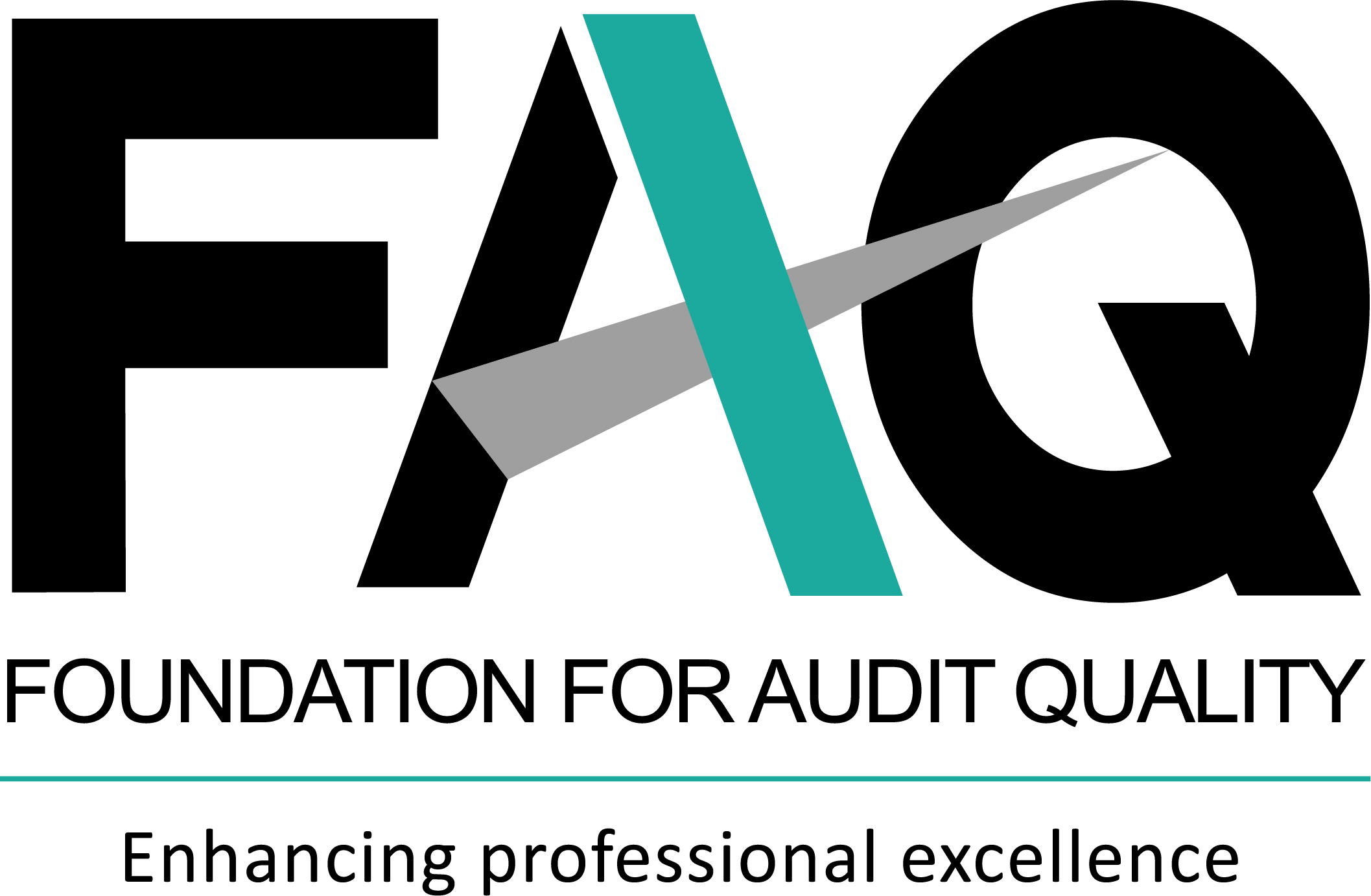Regulatory update
Updates from RBI
Presently, banks adhere to the Master Direction – Classification, Valuation and Operation of Investment Portfolio of Commercial Banks (Directions), 2021 (2021 regulations) for the classification and valuation of their investment portfolio. However, with significant developments in the global standards on classification, measurement and valuation of investments (i.e., the International Financial Reporting Standards (IFRS)), the linkages with the capital adequacy framework as well as progress in the domestic financial markets, RBI felt a need to review and update the 2021 regulations.
On 12 September 2023, RBI issued the revised regulatory guidelines on investment classification and valuation, the Master Directions – Classification, Valuation and Operations of Investment Portfolio of Commercial Banks (Directions), 2023 (2023 regulations).
The 2023 regulations would be applicable to all commercial banks (excluding regional rural banks) from 1 April 2024. The figure below highlights the key aspects of the 2023 regulations:

(Source: Foundation for Audit Quality’s analysis, 2023 read with the 2023 regulations issued by the RBI in September 2023)
The above aspects are discussed in detail below:
- Classification of investments As per the 2023 regulations, the investment portfolio of banks must be categorised into three categories – Held to Maturity (HTM)6 Securities that fulfil the following conditions would be classified under HTM: - The security is acquired with the objective of holding it till maturity, i.e., the financial assets are held with the objective to collect the contractual cash flows, and - The contractual terms give rise to cash flows that are Solely Payments of Principal and Interest (SPPI criterion) on principal outstanding on the specified dates. , Available for Sale (AFS)7 Securities that fulfil the following conditions would be classified under AFS: - The security is acquired with the objective that is achieved by both – collecting contractual cash flows and selling securities, and - The contractual terms of the security meet the SPPI criterion and Fair Value through Profit and Loss (FVTPL)8 FVTPL is a residual category, thus securities that do not qualify for inclusion in HTM or AFS would be classified under FVTPL. Further, Held for Trading (HFT) (which was earlier, as per the 2021 regulations, an investment category by itself) would be a separate investment sub-category within the FVTPL category. The 2023 regulations have dispensed off the maximum period within which investments in the HFT category need to be sold. Also, the classification for investments in subsidiaries, associates and joint ventures has also been revised.
- Recognition and measurement
- Initial recognition: All investments must be measured at fair value9 Unless facts and circumstances suggest that the fair value is materially different from the acquisition cost, it should be presumed that the acquisition cost is the fair value on initial recognition. As per the extant provisions, investments are initially recognised at acquisition cost
- Subsequent measurement: The 2023 regulations provide that:
- The securities held under HTM should be carried at cost and not be Marked to Market (MTM) after initial recognition
- The securities held under AFS should be fair valued at least on a quarterly basis, if not more frequently. The change in fair value would be recognised in a separate reserve called the ‘AFS Reserve’.
- Securities that are classified under the HFT sub-category should be fair valued on a daily basis, whereas other securities in FVTPL need to be fair valued at least on a quarterly basis, if not more frequently
- Investments in subsidiaries, associates and joint ventures would be a separate category of investments and should be held at acquisition cost.
- Valuation In order to increase the consistency and comparability in fair value measurements and related disclosures, the 2023 regulations have prescribed that the investment portfolio should be bifurcated into three fair value hierarchies – Level 110Inputs which are unadjusted quoted prices in active markets, Level 211 Observable inputs other than quoted prices and Level 312Unobservable inputs. Disclosures pertaining to fair valuation have also been specified.
- Disclosures The 2023 regulations have prescribed robust disclosures which would be required to be made in the financial statements for the year ending 31 March 2025. Some of these include:
- Carrying amounts and fair value of each of the categories (i.e., HTM, AFS, FVTPL) and each class (i.e., government securities, other approved securities, etc.): Disclosure need to be made in the notes to accounts of financial statements for the year ending 31 March 2025.
- Gain/loss on investments: Disclosure to be made in the notes to accounts of financial statements for the year ending 31 March 2025
- Disclosures as per fair value hierarchy: Disclosure would be required in the notes to accounts of financial statements for the year ending 31 March 2026.
- Other key requirements Some other key requirements specified in the 2023 regulations include:
- Transition requirements: After transitioning to the revised regulatory framework, it has been provided that the banks should not reclassify investments between categories (i.e., HTM, AFS and FVTPL ) without the approval of the Board of Directors and RBI. Permission for reclassification would be provided only in exceptional circumstances. At the time of transition, banks would be allowed a one-time option to re-classify their investments and adjust the gains/losses arising on such reclassification
- Investment Reserve Account: The need to maintain an Investment Reserve Account (IRA)13 As per the 2021 regulations, the excess provision on account of depreciation of investments in the AFS or HFT categories is appropriated to IRA. This was included as a part of the Tier II capital of the bank has been dispensed with. The balance in IRA, if any, as on 31 March 2024, should be transferred to the revenue/general reserve, provided the bank meets the minimum regulatory requirements of Investment Fluctuation Reserve (IFR)14 The IFR is created by banks to address the systemic impact of sharp increase in yields in government securities . If the bank does not meet the minimum IFR requirements, the balances in IRA should get transferred to IFR. The ceiling on investments in HTM as a percentage to total investments, and also the ceiling on Statutory Liquidity Ratio (SLR) securities that can be held in HTM have been dispensed with. However, any sale from HTM needs to be made in accordance with the bank’s board approved policy, and the details need to be disclosed in the notes to accounts.
- Requirements w.r.t. derivatives: Specific accounting and disclosure requirements have also been stipulated for derivatives.
To access the text of the RBI announcement, please click here
Action Points for Auditors
The 2023 regulations introduce some fundamental changes to the manner in which the banks operate and classify their investment portfolio. Thus, auditors of such companies should go through the aforementioned changes and discuss their impact with the management and Those Charged With Governance (TCWG). Some of the key points for their consideration include:
- The 2023 regulations have specified certain key disclosure requirements for the banks – including the carrying amounts and fair value of investments, gain/loss on investments, etc., in the notes to accounts of financial statements for the year ending 31 March 2025 and onwards. Since these would require critical changes to the existing mechanisms of the banks, the impact of these disclosures should be carefully considered
- Currently, banks are required to prepare their books of accounts in accordance with the accounting standards (IGAAP) along with the regulatory norms issued by the RBI, and the adoption of Ind AS has indefinitely been deferred. However, considering that globally banks are generally following international standards on accounting (e.g., IFRS, US GAAP), RBI is gradually making the transitional shift to an IFRS-type accounting framework by incorporating IFRS-like rules in the statutory regulations that govern income recognition, asset classification, provisioning and disclosures. For example, the classification and measurement norms prescribed in the 2023 regulations are closely aligned with Ind AS 109, Financial Instruments (or IFRS 9, Financial Instruments). Similarly, the disclosure of fair value hierarchy as required by the 2023 regulations, though not as elaborate as Ind AS 113, Fair Value Measurement, is in accordance with the principles set by Ind AS 113
- Auditors should discuss the impact of new requirements with the management, such as the requirement of having a board-approved policy to give effect to any sale from HTM investments. Such requirements would require banks to relook at the existing processes and policies and determine whether they need to be made more robust.
The Reserve Bank of India (RBI) has mandated the Regulated Entities (REs), which are categorised as secured creditors as per the Securitisation and Reconstruction of Financial Assets and Enforcement of Security Interest (SARFAESI) Act, 2002, to display information in respect of the borrowers whose secured assets have been taken into possession by them.
REs would be required to upload this information on their website in the prescribed format and the first such list should be displayed on the website within six months from the date of the RBI notification, i.e., 25 September 2023, and the same needs to be updated on a monthly basis.
To access the text of the RBI notification, please click here
Our Insights
Tools and Enablers
- Standard workpapers
- Technology tools
Resources
- Regulatory updates
-
India updates
Accounting updates
Auditing updates
Regulatory updates
-
International updates
Accounting updates
Auditing updates
Regulatory updates
-
Recap on key updates
-
Publications
India Publications
International Publications
-
Matter for auditors’ attention
-
Discussion/Consultation papers and Publications issued by regulators
India Publication
International Publication
Exposure Drafts/consultation papers
EDs/consultation papers
Matters for Consultation

